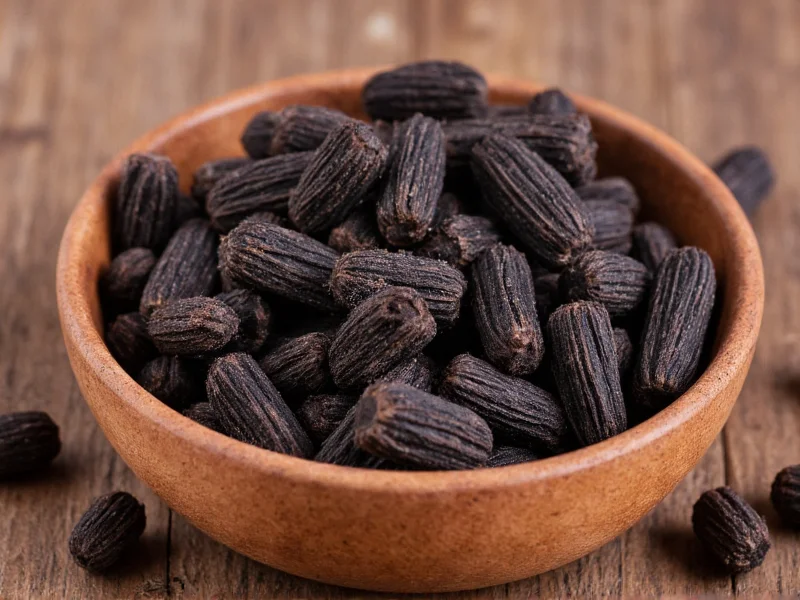When exploring the world of licorice, you'll encounter various terms that refer to this distinctive sweet root. Understanding these synonyms helps clarify communication across botanical, culinary, and regional contexts. This comprehensive guide examines the different names for licorice, explains their origins, and distinguishes true synonyms from commonly confused terms.
Botanical Terminology and Scientific Classification
Licorice belongs to the legume family and has precise botanical nomenclature that scientists use globally. The most accurate scientific synonym is Glycyrrhiza glabra, which refers specifically to the common licorice plant. This Latin name breaks down to "glykys" (sweet) and "rhiza" (root), perfectly describing its characteristic flavor.
Additional botanical terms include:
| Botanical Term | Meaning | Usage Context |
|---|---|---|
| Glycyrrhiza glabra | Common licorice species | Scientific and medical literature |
| Glycyrrhiza uralensis | Chinese licorice | Traditional Chinese medicine |
| Glycyrrhiza inflata | Another licorice species | Pharmaceutical applications |
Common English Synonyms and Variations
The spelling "licorice" predominates in American English, while "liquorice" is the standard British English variant. This difference extends to related products like licorice allsorts (UK) versus licorice all-sorts (US).
Historical and alternative names include:
- Sweet wood - Refers to the woody root's sweet properties
- Spanish juice - Historical term for concentrated licorice extract
- Black sugar - Colloquial term in some regions for dark licorice candy
- Liquorice root - Emphasizes the plant part used
Regional Terms Across Languages
Licorice has distinct names across different languages and cultures, which sometimes enter English usage:
- Lakritze - German term commonly used in Central European contexts
- Réglisse - French term that appears in culinary discussions
- Liquirizia - Italian name frequently seen in dessert menus
- Yas甜草 - Chinese term (Gān căo) meaning "sweet herb"
Distinguishing True Synonyms from Common Misconceptions
Many people search for "synonyms of licorice" expecting terms like anise or fennel, but these are botanically distinct plants. Understanding these differences prevents confusion in culinary and medicinal applications.
Key distinctions to note when researching licorice alternative names:
- Anise (Pimpinella anisum) - Has a similar flavor profile but belongs to the Apiaceae family
- Star anise (Illicium verum) - Star-shaped fruit with comparable taste, used in different culinary traditions
- Fennel (Foeniculum vulgare) - Another Apiaceae family member with licorice-like notes
- Salmiak - Ammonium chloride candy popular in Nordic countries, sometimes mixed with licorice
Contextual Usage of Licorice Terminology
The appropriate term depends on your context. In scientific literature, Glycyrrhiza glabra is essential for precision. In culinary writing, "licorice" or "liquorice" works best depending on your audience's location. When discussing historical uses, "sweet wood" or "Spanish juice" might be more evocative.
For those exploring licorice alternative names in cooking, understanding these distinctions ensures you source the correct ingredient. Similarly, researchers investigating the scientific name for licorice plant need precise botanical terminology to find relevant studies.
Practical Applications of Licorice Terminology
Knowing these synonyms proves valuable in several scenarios:
- Reading international recipes that use regional terms
- Researching medicinal properties using scientific databases
- Understanding product labels when traveling
- Communicating effectively with suppliers in different countries
- Resolving confusion between similar-flavored ingredients
When searching for information about regional terms for licorice candy, using the appropriate synonym can dramatically improve your search results. For instance, searching "réglisse" instead of "licorice" will yield better French confectionery results.











 浙公网安备
33010002000092号
浙公网安备
33010002000092号 浙B2-20120091-4
浙B2-20120091-4